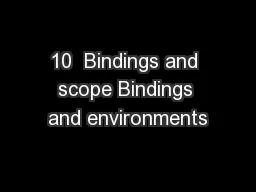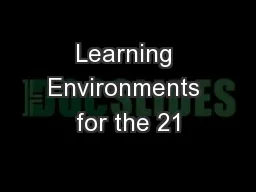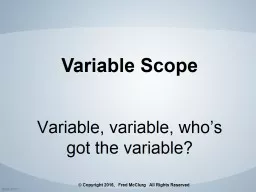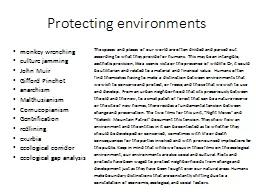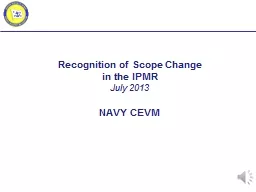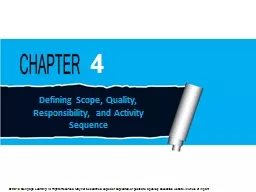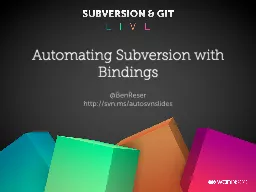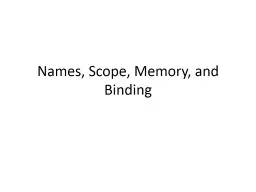PPT-10 Bindings and scope Bindings and environments
Author : natalia-silvester | Published Date : 2018-03-23
Scope and block structure Declarations Programming Languages 3 2012 David A Watt University of Glasgow Bindings and environments 1 The meaning of an expressioncommand
Presentation Embed Code
Download Presentation
Download Presentation The PPT/PDF document "10 Bindings and scope Bindings and envi..." is the property of its rightful owner. Permission is granted to download and print the materials on this website for personal, non-commercial use only, and to display it on your personal computer provided you do not modify the materials and that you retain all copyright notices contained in the materials. By downloading content from our website, you accept the terms of this agreement.
10 Bindings and scope Bindings and environments: Transcript
Download Rules Of Document
"10 Bindings and scope Bindings and environments"The content belongs to its owner. You may download and print it for personal use, without modification, and keep all copyright notices. By downloading, you agree to these terms.
Related Documents

